Description
Bently Nevada 330101-00-25-20-12-05 Proximity Transducer – Field-mounted Proximitor for reliable shaft vibration and position measurement
The Bently Nevada 330101-00-25-20-12-05 is a 3300-series Proximity Transducer (often called a Proximitor sensor) used in critical rotating machinery applications. It converts the eddy-current probe signal into a precise analog output for vibration, shaft radial displacement, and gap (position) monitoring. From my experience, this model is typically paired with 3300/3300 XL 5 mm or 8 mm proximity probes and their matching extension cables, and it integrates smoothly with Bently Nevada monitoring systems such as 3300, 3500, or compatible PLC/DCS analog inputs.
Company’s Order Placement Process and Guarantees
- Warranty: 365 days
- Delivery: 1 week if in stock; no more than one month at the latest
- Payment: 50% advance payment; full payment before delivery
- Express Options: FedEx, UPS, DHL
Key Features
- Proven Bently Nevada eddy-current technology – Stable, repeatable measurement for shaft vibration and gap; typically used on turbines, compressors, pumps, and fans.
- Analog output for monitoring systems – Standard proportional output (commonly –200 mV/mil / 7.87 mV/μm) for direct connection to BN 3300/3500 racks or DCS/PLC analog inputs.
- Rugged, field-mount design – Potted housing helps resist moisture and electrical noise in harsh environments, which in many cases reduces nuisance trips.
- Compatible system lengths – Supports typical 5 m or 9 m probe/cable systems when option codes match; you might notice lower commissioning time when lengths are factory-matched.
- Bias (gap) and dynamic vibration – Provides DC gap (position) and dynamic displacement for alarms, trends, and diagnostics.
- Interchangeability – Designed to work with corresponding 3300/3300 XL probes and extension cables when matched by system length and calibration.
Technical Specifications
| Brand / Model | Bently Nevada 330101-00-25-20-12-05 (Proximity Transducer / Proximitor) |
| HS Code | 903180 (Measuring/Checking Instruments – Proximity/Vibration Transducer) |
| Power Requirements | –24 VDC nominal (typical), ~10–12 mA consumption |
| Signal Input / Output | Input: Eddy-current proximity probe via extension cable (matched system length). Output: Analog displacement (–200 mV/mil / 7.87 mV/μm typical), DC gap (bias) voltage; dynamic vibration signal for monitors. |
| Communication Interfaces | Analog terminals (no digital comms) |
| Operating Temperature | Typically –35 to +85 °C (verify per option code/environment) |
| Installation Method | Field/surface mount with screws; wiring to probe/extension and –24 VDC. Shielded cable recommended. |
| Dimensions & Weight | Compact potted module; approx. 0.2 kg. Exact outline varies slightly by build. |
Application Fields
Used across rotating equipment where continuous condition monitoring is required:
- Steam/gas turbines: radial shaft vibration and differential expansion (with proper probe placement)
- Compressors and expanders: shaft displacement, proximity to bearings and seals
- Pumps and fans: vibration trending for predictive maintenance and protection trips
- Gearboxes and motors: shaft position and vibration diagnostics on critical trains
One thing I appreciate is how predictable the calibration is when the probe, extension cable, and proximitor are a matched set. Commissioning tends to go faster, and the bias voltage lands right where you expect it.
Advantages & Value
- Reliability in harsh areas – The potted design and EMC behavior typically reduce signal drift and noise pickup.
- Compatibility – Works with Bently Nevada monitors (3300/3500) and most industrial analog inputs that accept the standard displacement signal.
- Lower lifecycle cost – Field-replaceable matched components minimize downtime during maintenance.
- Technical support – Easy to verify with bias voltage and scale-factor checks; no special software needed.
Installation & Maintenance
- Environment: Mount in a clean, dry enclosure or shielded area; allow basic ventilation. Avoid high EMI sources where possible.
- Wiring: Use the matched probe and extension cable; maintain total system length (commonly 5 m or 9 m). Ground shields at the transducer end, and avoid sharp bends or crush points.
- Setup: Set probe gap using a target rotor; verify bias voltage lands in the specified window and confirm the –200 mV/mil (7.87 mV/μm) scale by micrometer or calibration fixture.
- Safety: Isolate –24 VDC supply before wiring. Route low-level signal wiring separately from high-voltage cabling.
- Routine checks: Inspect connectors quarterly, clean terminals if needed, and confirm bias and sensitivity annually. Firmware isn’t applicable, but periodic functional tests are wise.
Quality & Certifications
- Certifications: Typically CE; models may meet UL and RoHS depending on option codes and region.
- Warranty: 365-day warranty from our side for this transducer.
Commonly Paired Components (for a complete measurement chain)
- Bently Nevada 330103 (8 mm proximity probe) or 330104 (5 mm proximity probe), depending on clearance
- Bently Nevada 330130 extension cables (length to match the probe for a 5 m or 9 m total system)
You might notice that plants running mixed fleets still standardize on this transducer because it keeps calibration straightforward and replacement stock simple. If you want, share your required system length and we’ll confirm the option code compatibility before shipping.


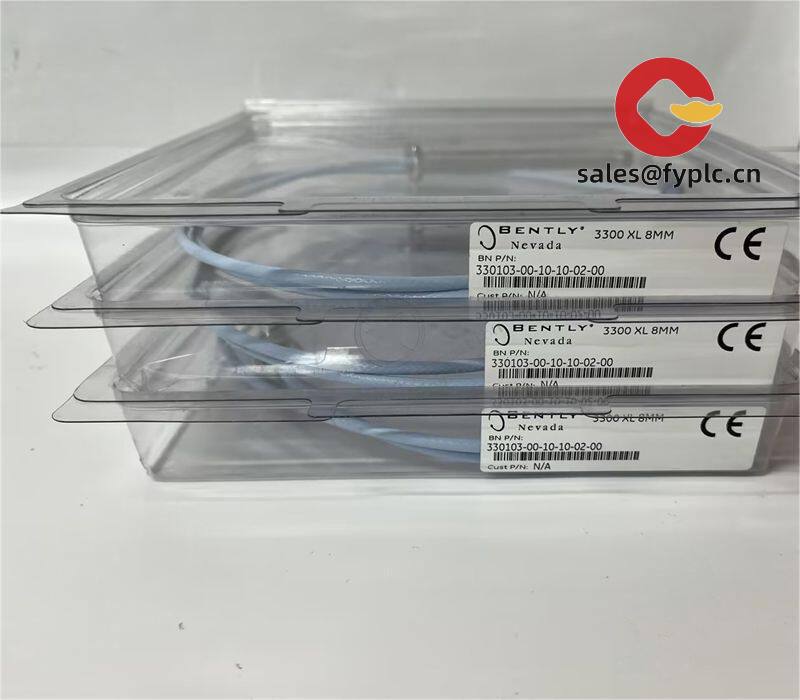
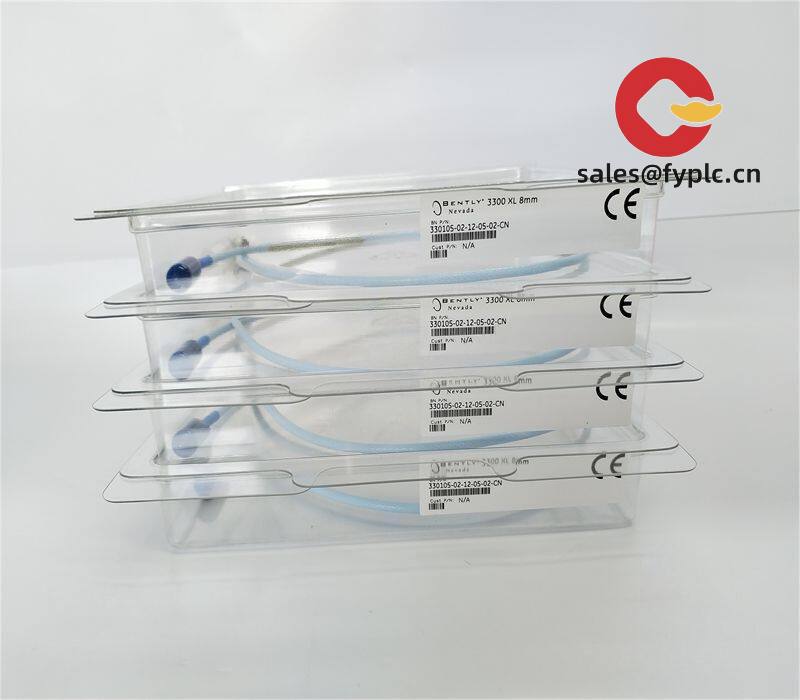


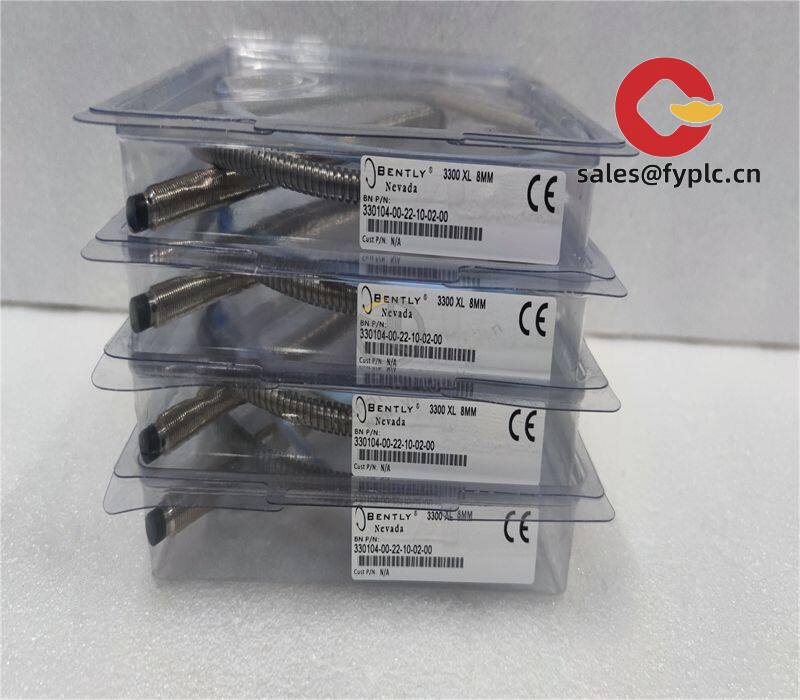
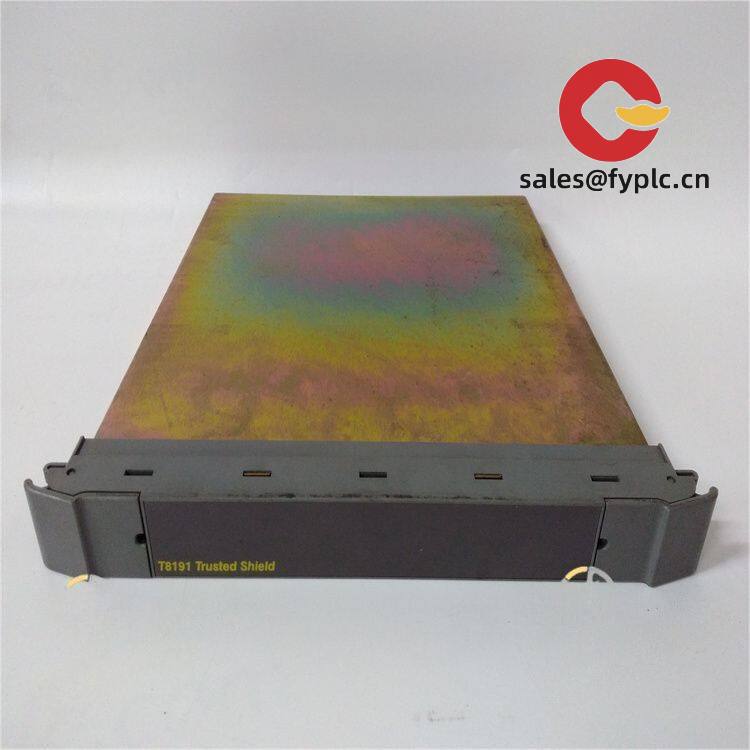
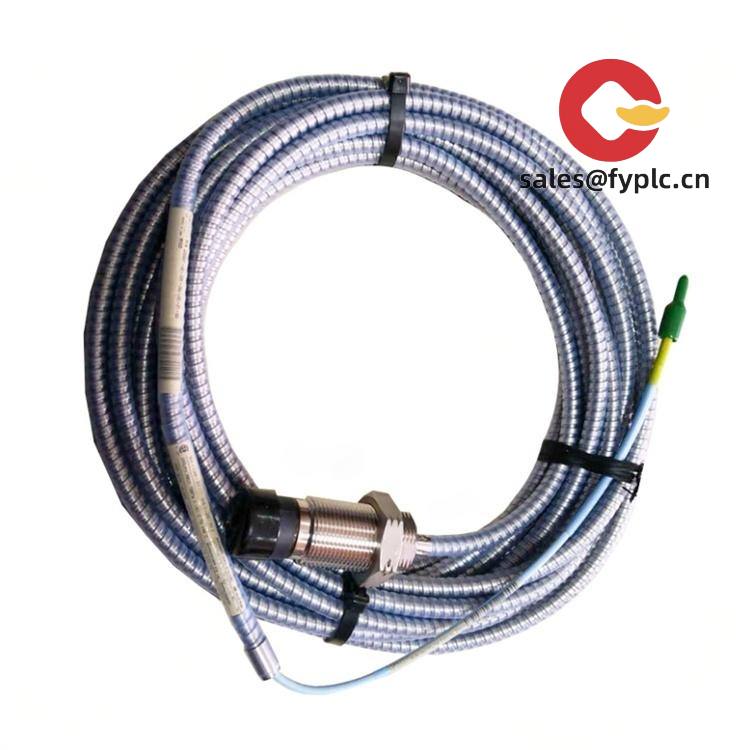
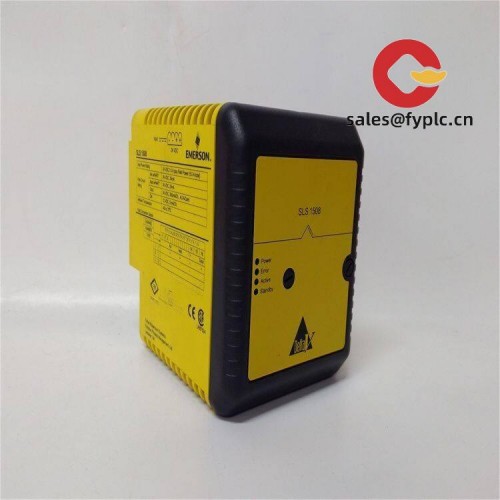
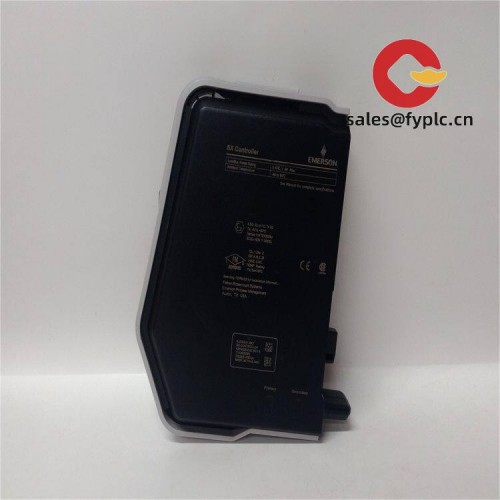
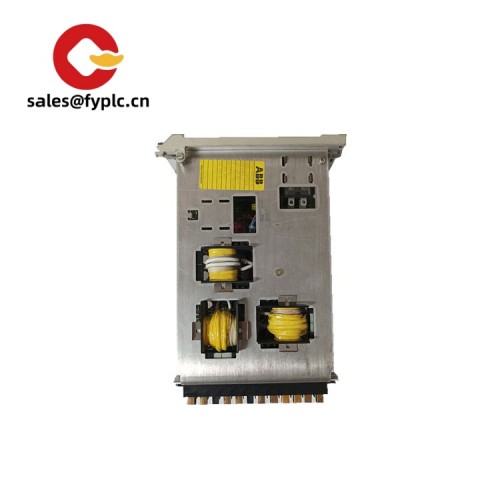
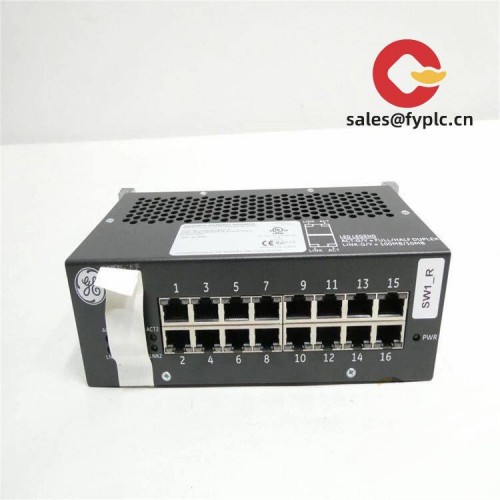
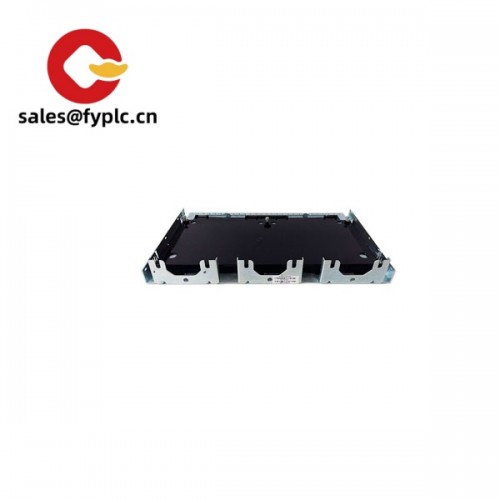


Reviews
There are no reviews yet.